2024 AIA Tennessee Design Awards
The Tennessee Chapter of the American Institute of Architects (AIA Tennessee) celebrated the 2024 Design & Honor Awards at the Marriott Downtown Knoxville Hotel on Thursday, August 8. AIA Tennessee’s annual Design Awards program celebrates design excellence in architecture across the entire state. This program honors built works of distinction designed by AIA Tennessee members and brings to the public’s attention their outstanding architectural accomplishments.
Marika Snider, PhD, M.Arch, AIA, Director of Interior Architecture at The University of Memphis, Department of Architecture, coordinated the 2024 awards jury. Kim Starr, AIA (New York City Department of Design and Construction (New York, NY) was the jury chair and led a group of national level professionals to review the entries and present at the annual awards program. Jury members were:
- Cissy Wong, AIA, Adjaye Associates, (New York, NY)
- Austin Harris, AIA, NYC School Construction Authority (New York, NY)
- Ada Caro, AIA, BP Architects (Newark, NJ)
Fourteen built projects were unanimously chosen to be recognized from a group of 163 submittals, all of which received thoughtful consideration. The jurors noted the diverse range of work and elegant solutions to challenges presented. “The jury was impressed with the high level of design and thoughtful approaches to architectural, historical, and social challenges.” – Jury Chair Kim Starr, AIA
Award of Excellence
Restoration / Renovation
Dogan-Gaither Flats
Sanders Pace Architecture (Knoxville)
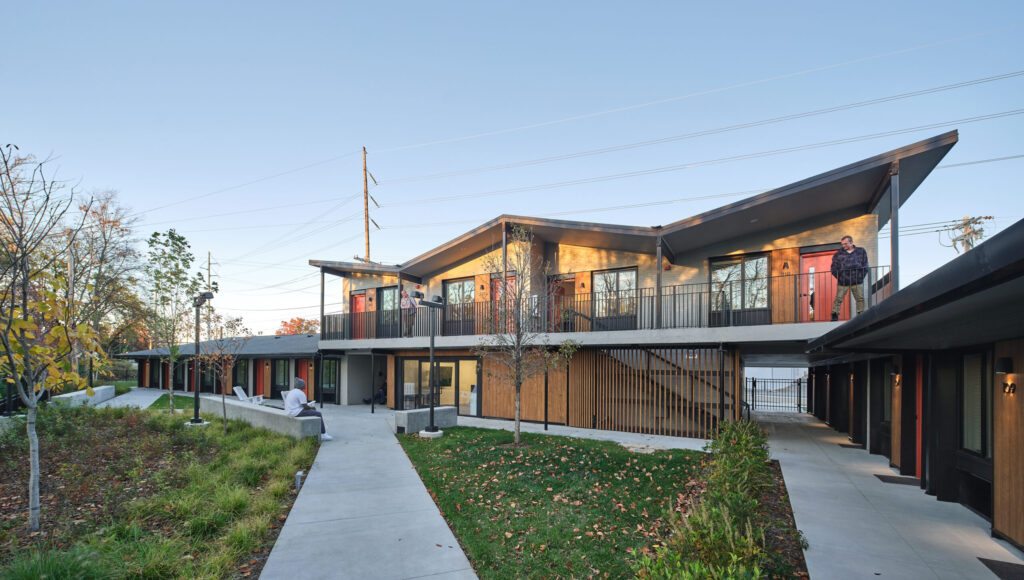
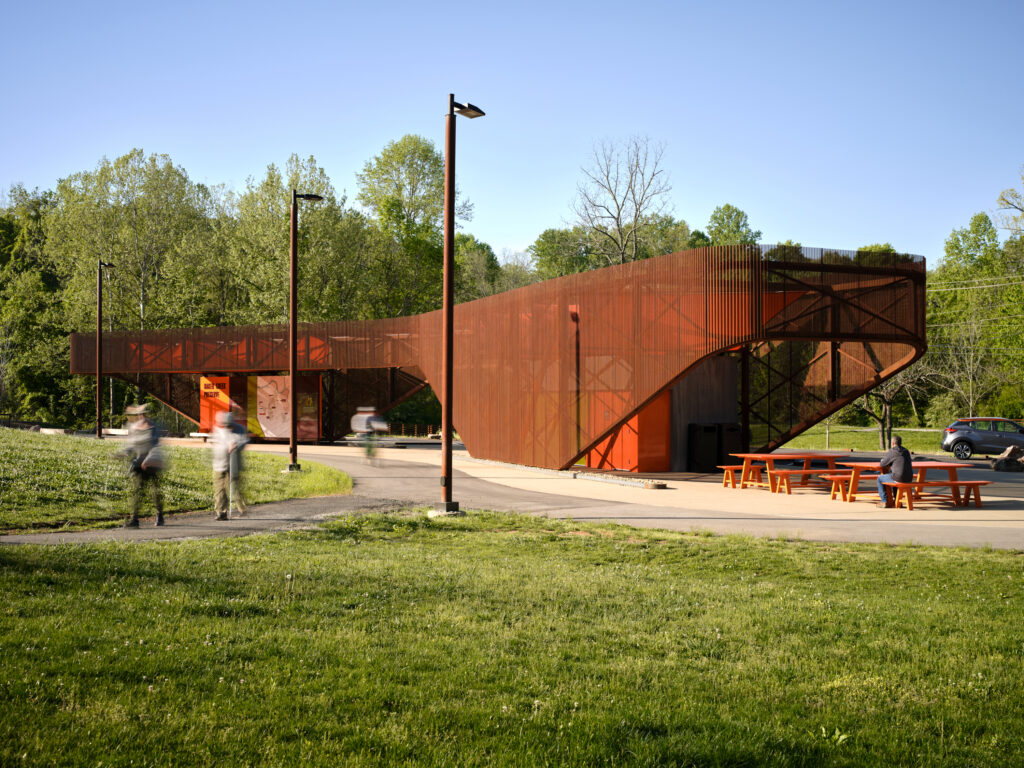
This project transformed a mid-century motel into housing for formerly incarcerated men. The architect created dignity for these men through the creation of a garden in the former parking lot and the sensitive detailing. The entry to every single unit was beautiful – each being appropriate for a mid-century building but also bringing warmth and softness through the material choices. Design-wise, the jury noted this could have been market-rate housing for millennials, but the architect invested a high level of design to a vulnerable population.
Award of Excellence
New Construction
Urban Wilderness Gateway Park – Bakers Creek Pavilion
Sanders Pace Architecture (Knoxville)
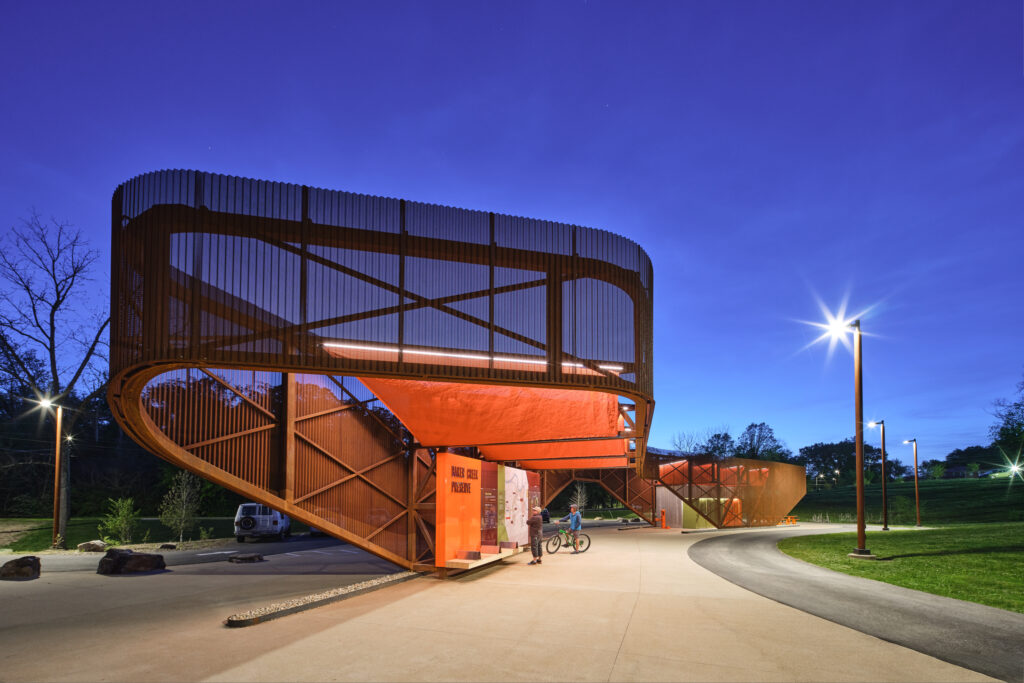

The architect proposed a bold structure to act as a gateway for Knoxville’s urban wilderness park. The jury noted the structure contains necessities of bathrooms and wayfinding but it is more than that as it becomes a beacon in the park. The structure has a strong sculptural form created from Corten steel but once inside, it’s covered in fabric and feels light and breezy.
Award of Excellence
New Construction
Girls, Inc., Memphis
archimania (Memphis)

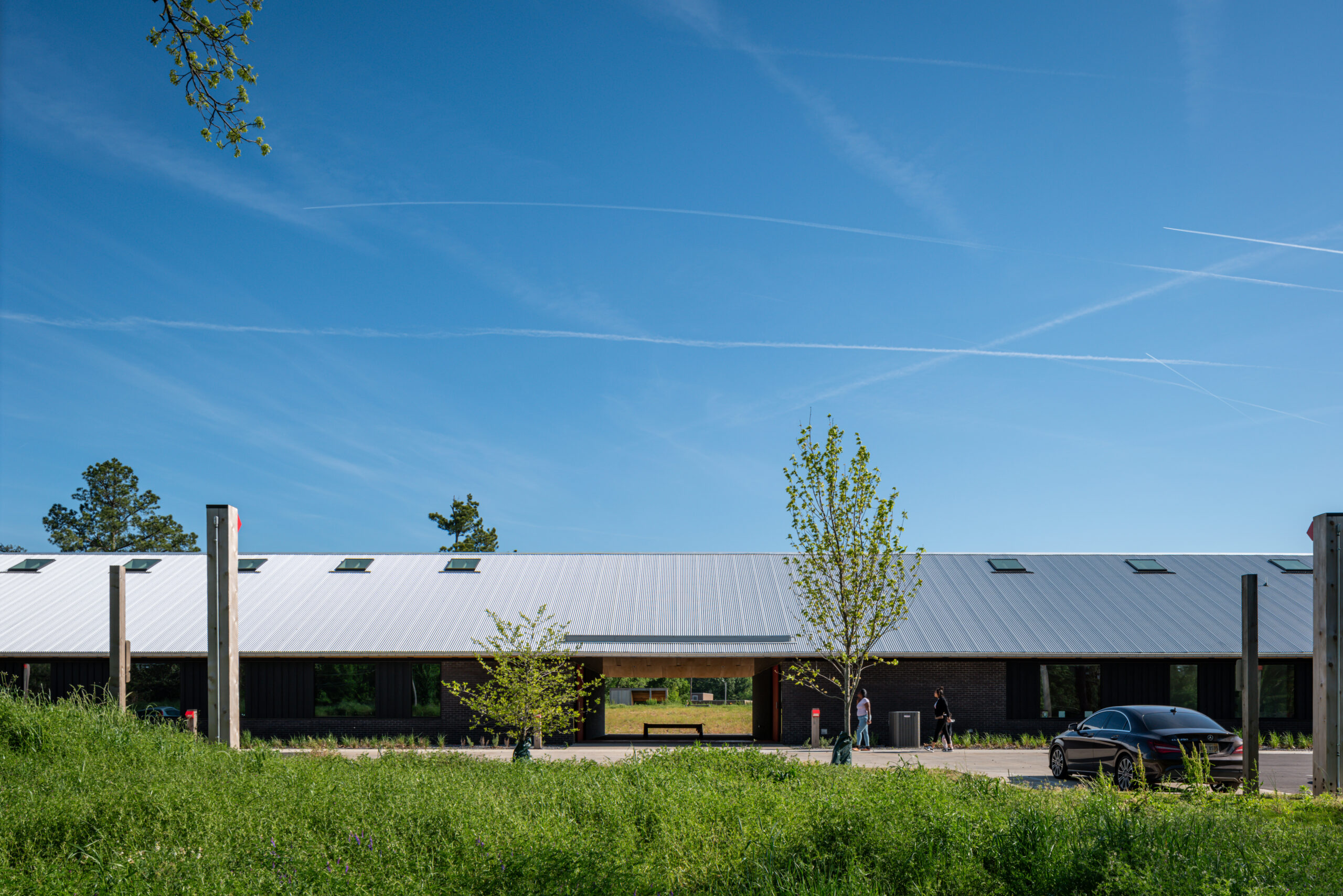
The jury liked how the architect made one big sculptural move and designed a singular super long extrusion. The bold move was simple but paid much attention to the ceiling, color, and proportions. Jurors especially loved the rendering of the site and noted how the deep eaves were fantastic and create shade which is important for hot climates.
Award of Excellence
New Construction
1030 Music Row, Nashville
Anecdote (Nashville)
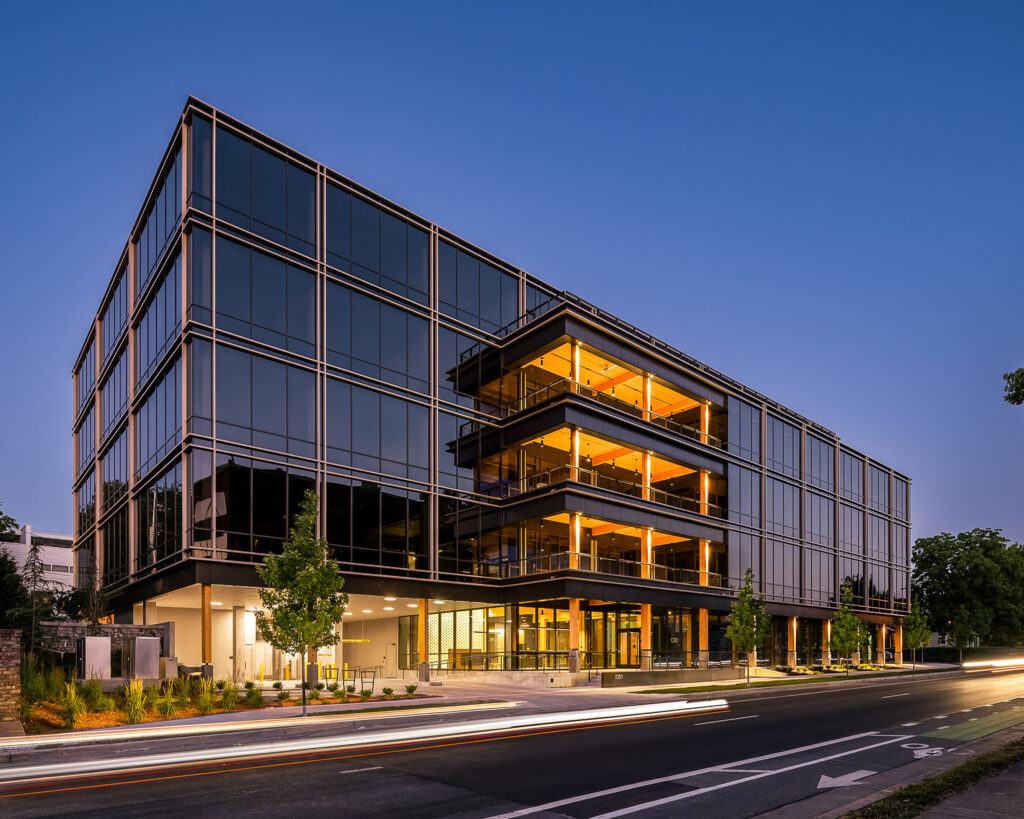
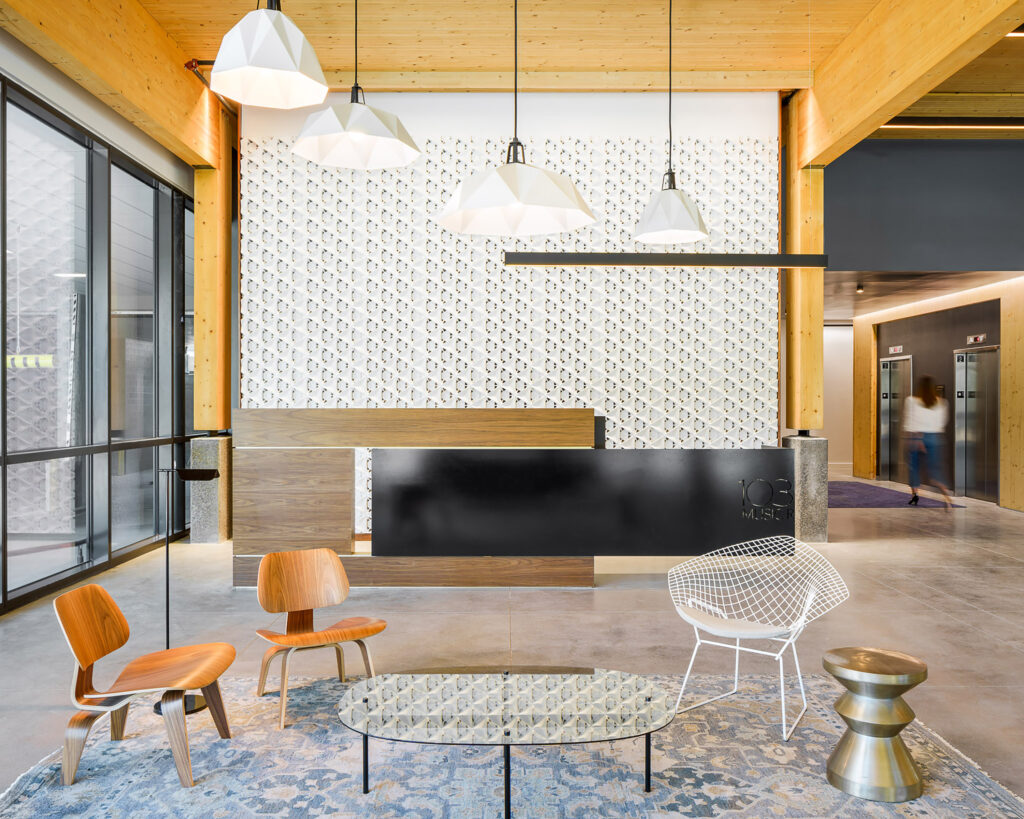
The jury was impressed with how the spec office building presents a very modern portico using a typical glass façade on a mass timber structure. The glass peels back to reveal the wood structure at the entrance and hint at the sustainable features. The jury was particularly impressed with details, especially the visible connections between timber and concrete.
Award of Merit
Architectural Interior Design
East Tennessee Children’s Hospital Sacred Space, Knoxville
BarberMcMurry Architects (Knoxville)
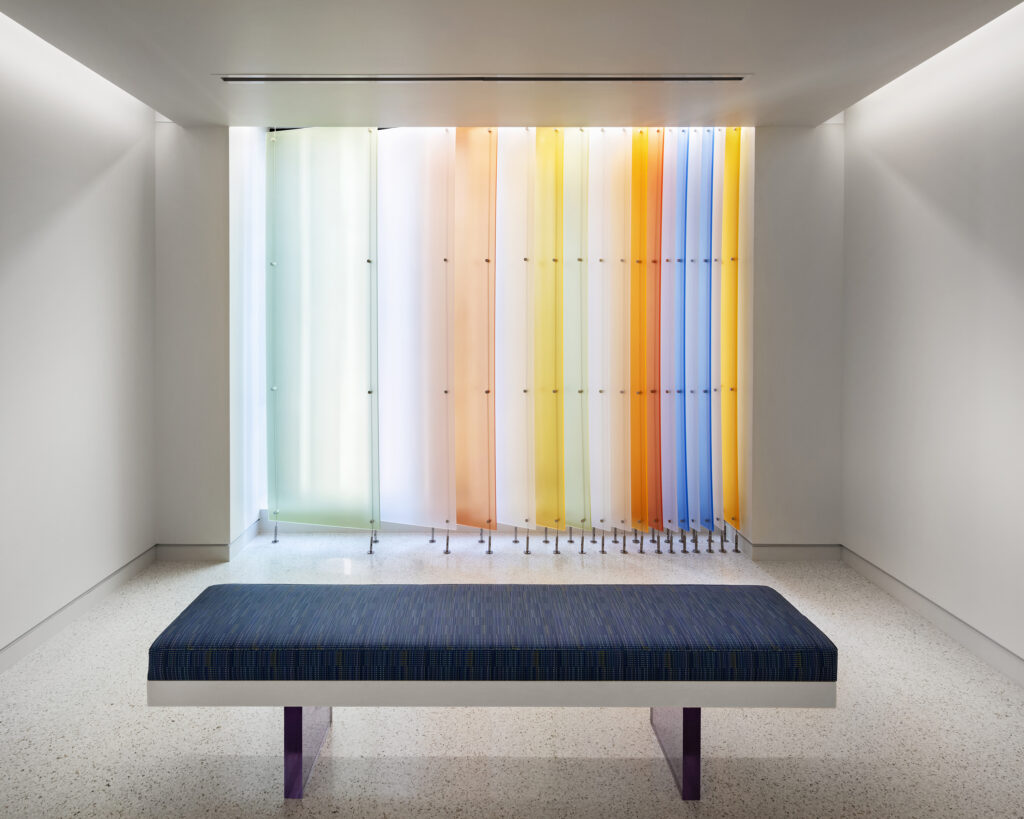
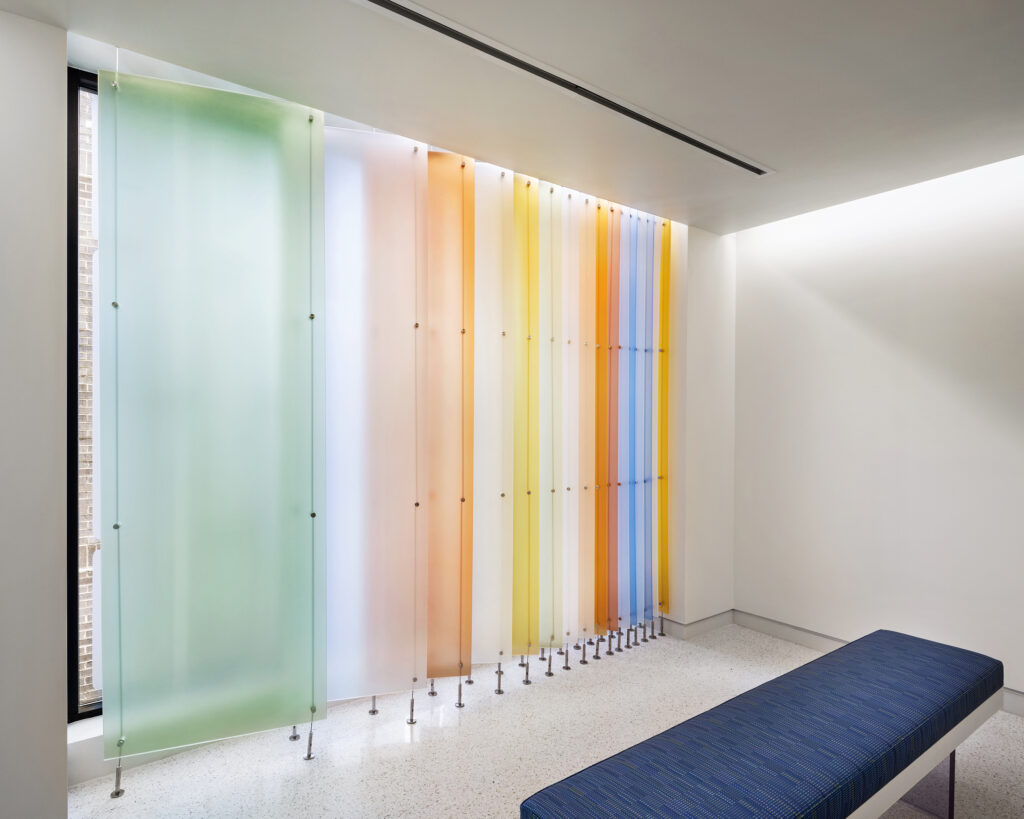
The jury appreciated the simplicity of the hospital chapel, but noted how the architect was bold enough to make it happen. Sacred spaces often resort to stained glass as signifiers of Christianity, but this chapel is religiously neutral and creates “positive vibes” through the use of color and daylighting.
Award of Merit
Architectural Interior Design
Historic Melrose Library and Genealogy Center
Self + Tucker Architects (Memphis)
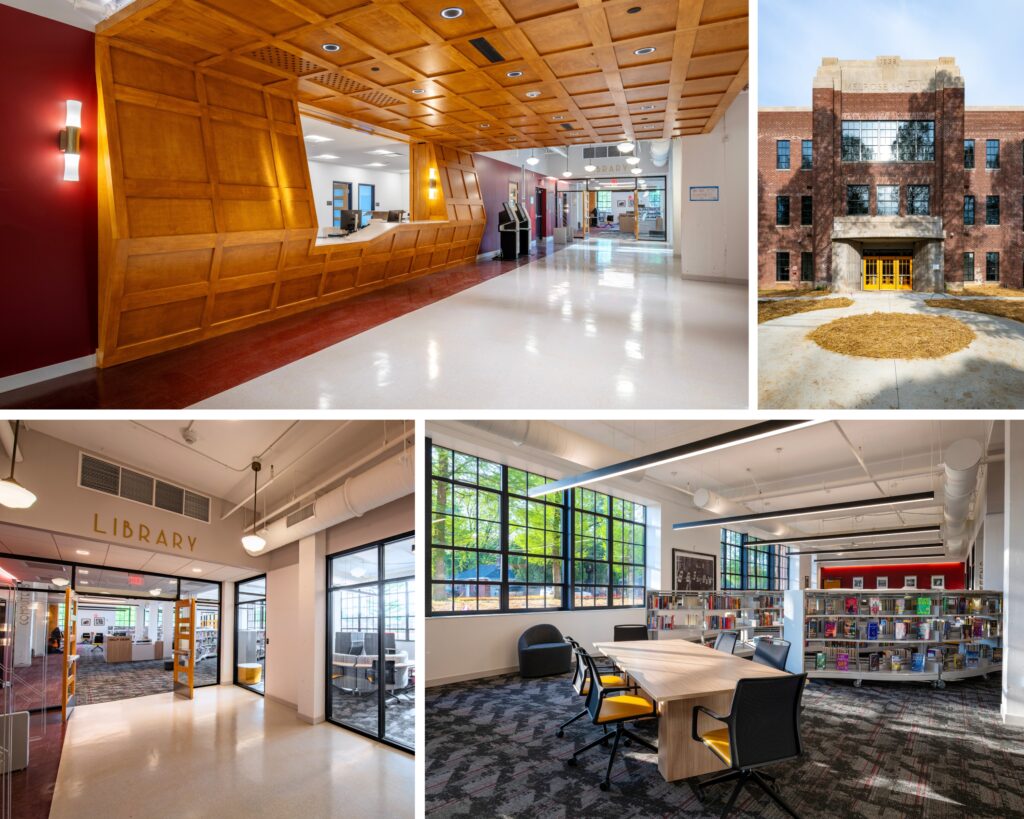

The jury was sold on “community first design” where the architect worked with the community to envision potential uses for this historic African American school. The architect engaged early with the community to do charettes and to envision potential uses for the historic school. The jurors loved the idea of the “wood tunnel with a knuckle to create an anchor point in the historic corridor.
Award of Merit
Restoration/Renovation
Youth Villages – Shelby Oaks
archimania (Memphis)
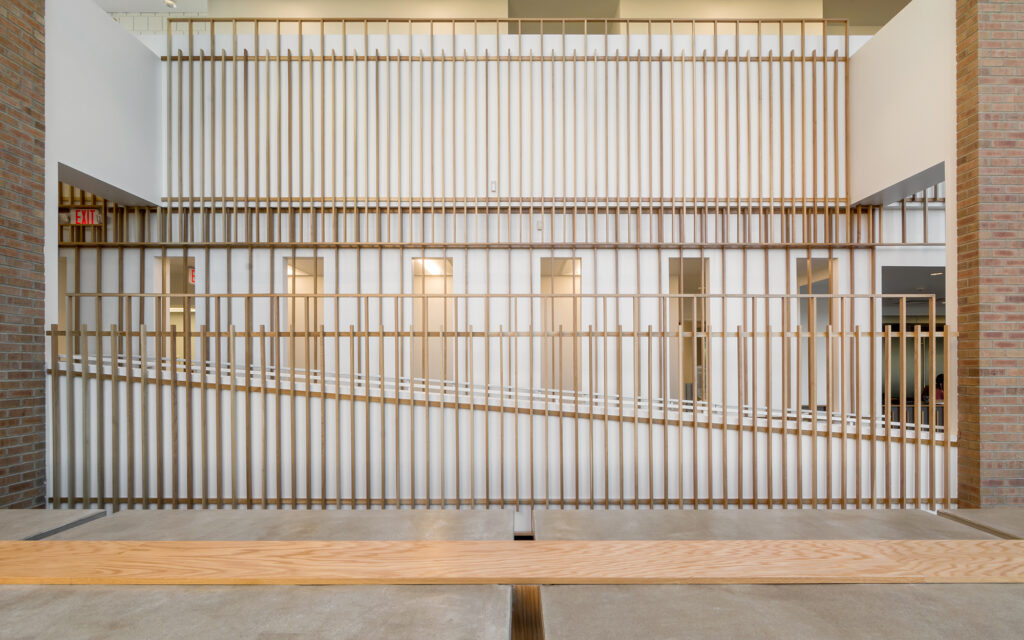

The jury was impressed with the use of colors in contrast with the black background – how color zoned spaces influenced wayfinding, and learning – and how important color is in a mental health facility.
Award of Merit
Restoration/Renovation
The Historic Candoro Marble Building
Sanders Pace Architecture (Knoxville)


The restoration of the 1920s marble showroom stayed true to the original style and dug into history to replicate the frescos, ironwork, and marble for an impeccable renewal. The new interior choices were very simple and bare so as to not compete with the historic spaces, materials, and murals. This is an important building to preserve for Tennessee’s history and was lovingly preserved.
Award of Merit
Restoration/Renovation
Werthan Warehouse, Nashville
Smith Gee Studio (Nashville)


This project resolves a historic building that acted as a barrier between two neighborhoods by creating an indoor corridor to connect Germantown and Salemtown. The architect repurposed abandoned rollers as benches, bollards, and art installations. Similarly, foundations from buildings that couldn’t be saved were incorporated into the landscape. This is an incredible example of design for economy and creating value.
Award of Merit
Restoration/Renovation
Fleetview Residence
archimania (Memphis)
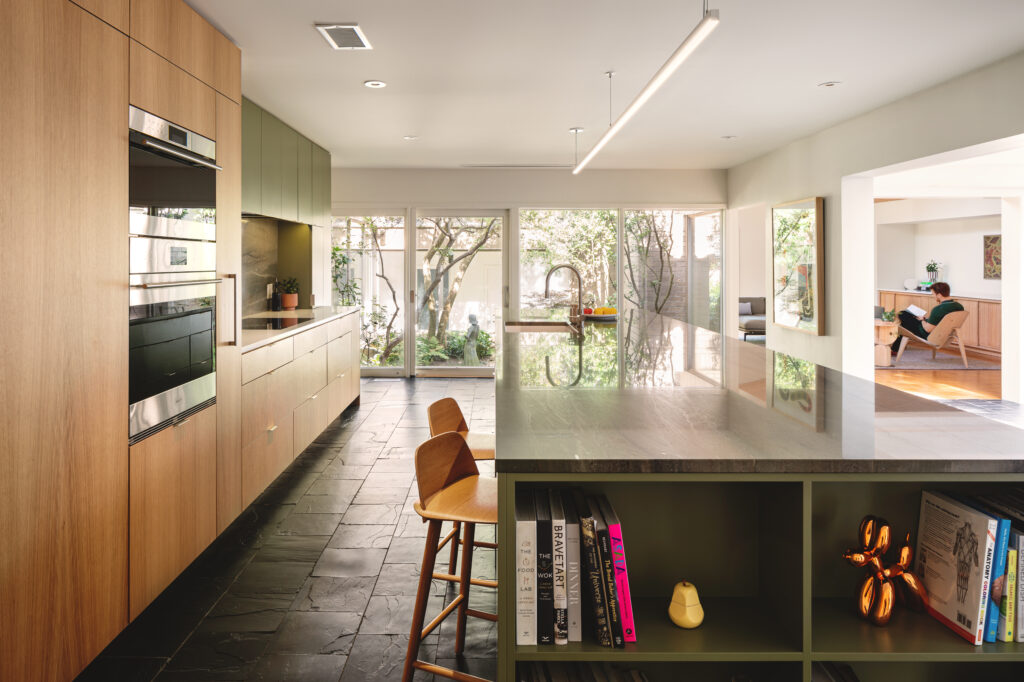

Jurors felt the architect made simple moves in plan which significantly opened up the 1970s house interior while taking advantage of the central courtyard as an organizing principle. Now the house celebrates the courtyard, and the kitchen is a delightful hub of the house. All while staying true to the original form of the house.
Award of Merit
Restoration/Renovation
Neuhoff Curve Building, Nashville
Smith Gee Studio (Nashville) – Architect of Record
S9ARCHITECTURE (New York) – Design Architect
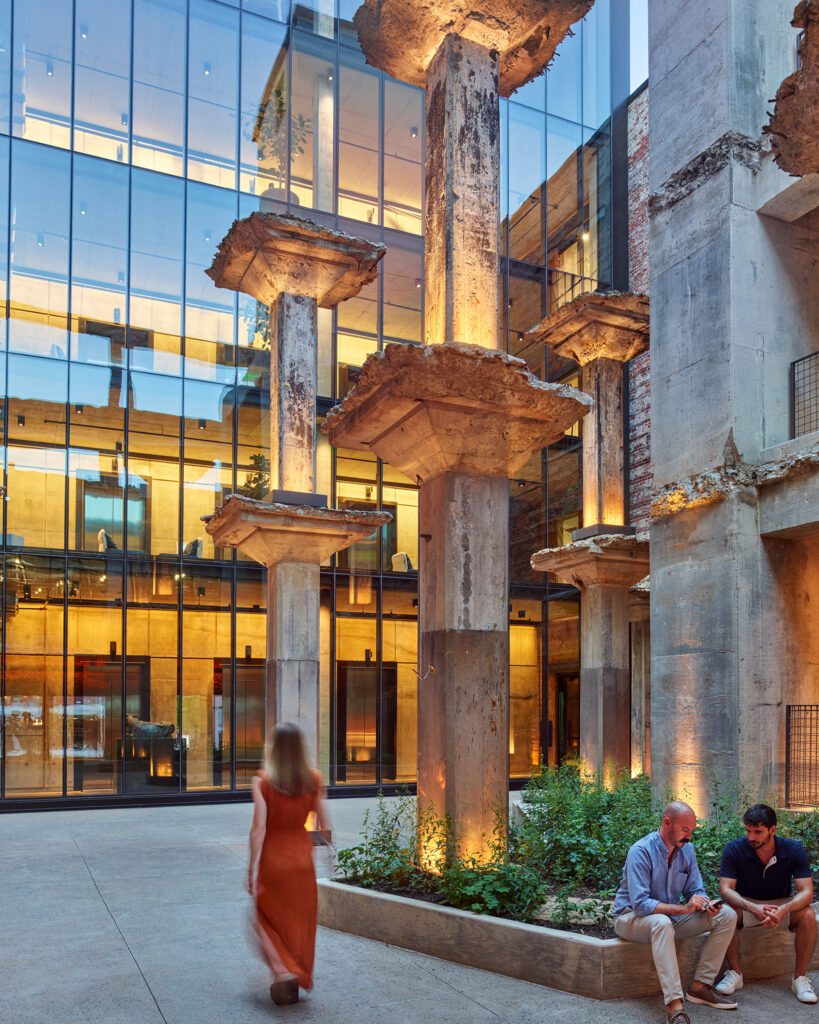

Through selective demolition of an abandoned slaughterhouse, the jury noted the architect made the campus more livable and usable and opened it up to the river. Instead of repairing all of the damaged spaces, the architect designed around damage. The architect showed that one doesn’t always need to fix everything but instead created a space that feels like roman ruins. The jury noted that this is the type of renovation that looks like the architect didn’t do much when it took significant work to make it look this effortless.
Award of Merit
New Construction
Georgette and Cato Johnson YMCA and Early Learning Center
Self + Tucker Architects (Memphis)

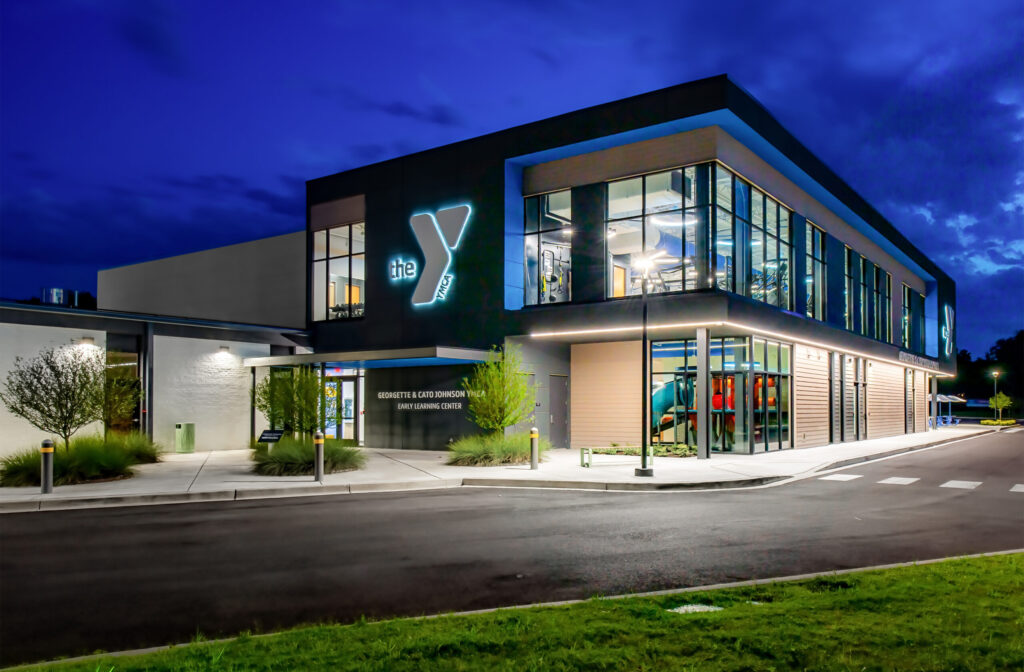
The jury noted how the architect collaborated with all of the stakeholders to radically rethink the YMCA facility and combined the program of many small outdated buildings into a single cohesive facility while preserving mature existing trees. The jury was impressed with the transparency and use of daylighting, especially in typically dark spaces.
Award of Merit
New Construction
Short Mountain House
Sanders Pace Architecture (Knoxville)

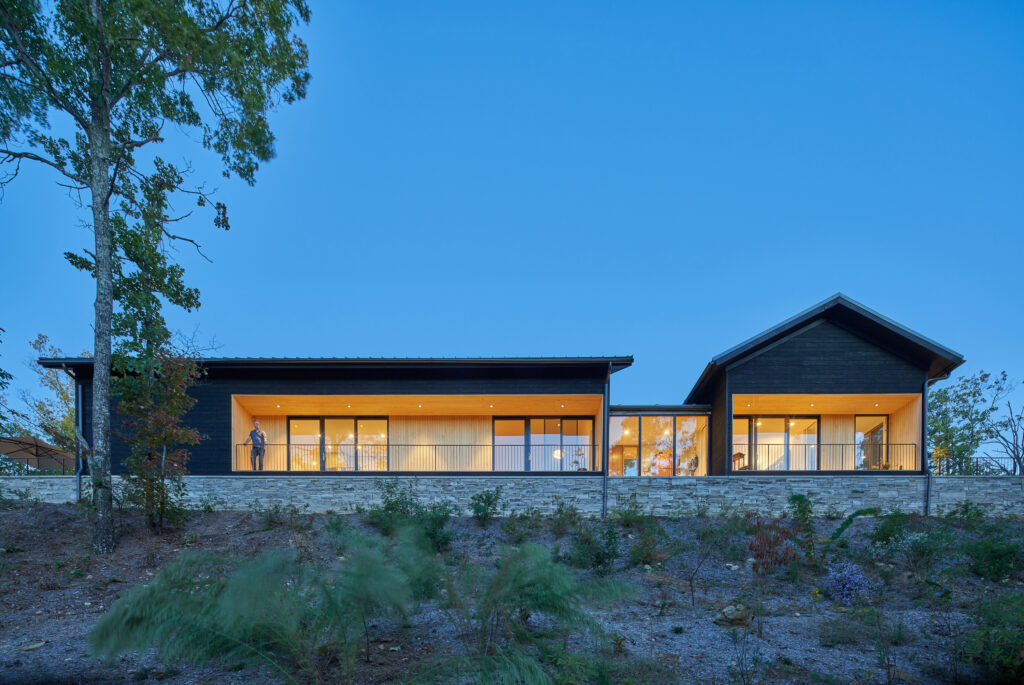
The jury was sold by the story of the integration of the Appalachian vernacular with Japanese traditional housing. Although adjacent to Great Smoky Mountain National park, this project was not about the mountains, it was about the hollow and the small spaces. A simple layout and refined details create an exquisite transition from the farmhouse to the gardens.
Award of Merit
New Construction
Smyrna Ready Mix Corporate Headquarters, Smyrna
EOA Architects (Nashville)


Jurors commented that the entire building is a great showcase of what concrete can do. The way the architect treated the concrete is very light and sculptural. It feels plastic and malleable. In addition to the board formed concrete the jury also appreciated the glass detailing and how the building evokes the idea of a quarry by building the inverse of a quarry.
